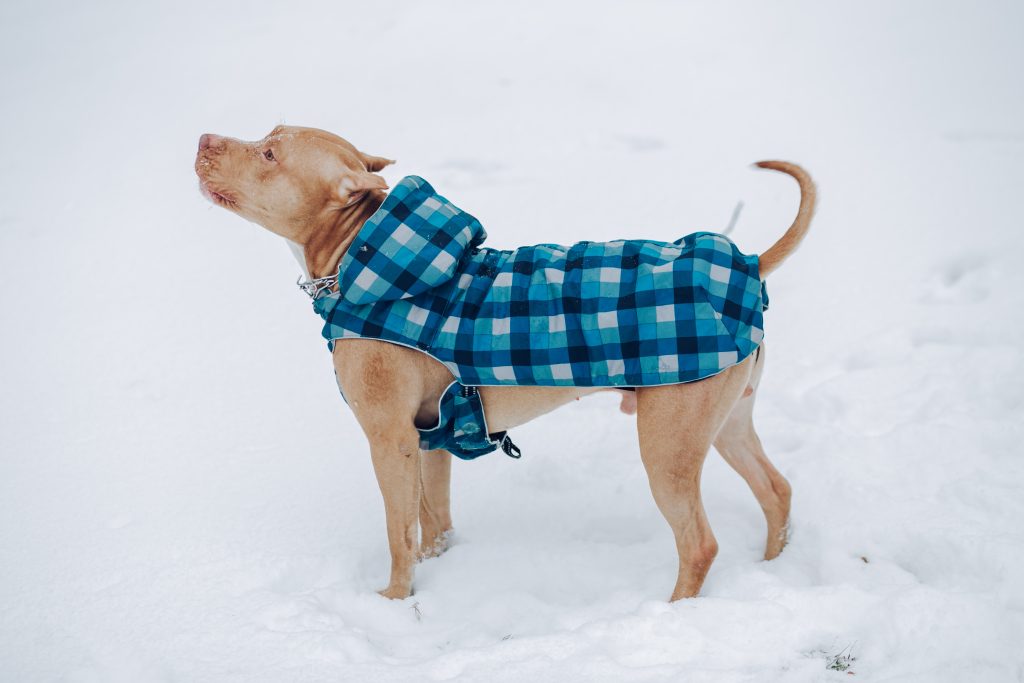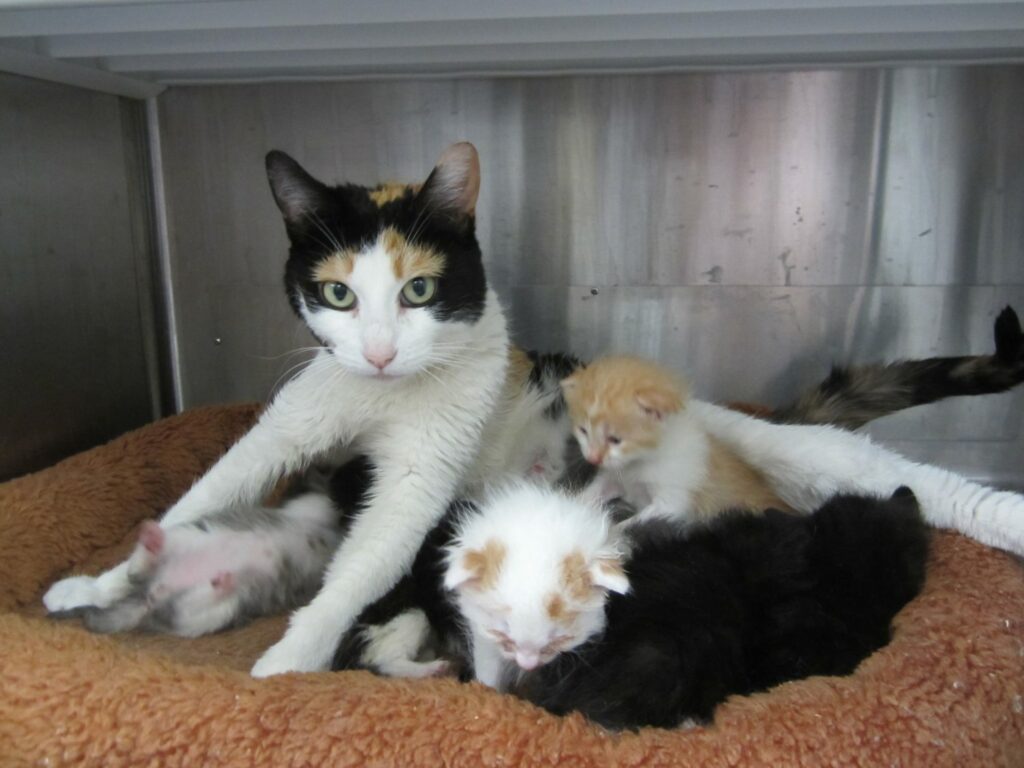How to protect our animals from the dangers of winter?
By Dorothée Pâris Pasturel • 10 December 2024
As winter is finally here, it brings with it a myriad of dangers that can pose serious threats to our pets. Here are the situations to watch out for and the precautions to take.
Hypothermia and frostbite:
Falling temperatures in winter can put our pets at risk of hypothermia and frostbite. Smaller and short-haired breeds are particularly susceptible. Signs of hypothermia include shivering, lethargy, and difficulty moving.
Frostbite, which affects the extremities of the body, can cause tissue damage. To prevent these injuries, protect your pet with a coat. In freezing weather, opt for more frequent but shorter walks.

Antifreeze poisoning:
In the winter, people often use antifreeze in their vehicles to protect engines from freezing. However, antifreeze contains ethylene glycol, a highly toxic substance that attracts animals because of its sweet taste. Ingesting even small amounts can cause severe poisoning and potentially fatal consequences. To protect your pet, keep all antifreeze containers tightly closed and clean up any spills promptly. Also, consider using pet-friendly antifreeze alternatives.
Chemical de-icers and salt:
Chemical deicers and road salts are commonly used to melt snow and ice, making sidewalks and roads safer for human use. However, these substances can be harmful to animals. The chemicals can irritate their paw pads and, if ingested, cause gastrointestinal upset. Some animals can even develop more serious illnesses, such as liver or kidney damage.
Remember to wipe your pet’s paws after going out, and consider using booties.

Dry, flaky skin:
Dry winter air can lead to skin problems in our pets. Indoor heating systems contribute to reduced humidity, leading to dry, flaky skin and irritated noses. To help limit these effects, feed your pet a balanced diet rich in omega-3 fatty acids and use pet-friendly moisturizers to keep their skin hydrated. Also, make sure your pet has access to fresh water at all times.
Limited exercise possibilities:
Winter weather often brings harsh conditions for outdoor activities, limiting exercise opportunities for pets. Lack of physical activity can contribute to weight gain, boredom, and behavioral issues. To prevent these situations, find indoor activities that engage your pet’s mind and body, such as interactive toys/bowls, treasure hunts, hide-and-seek, etc. If the weather permits, bundle up and take your pet for short walks to make sure they get the exercise they need.
A shelter for stray cats:
For those cats who don’t have a home, winter can be tough. Building them a shelter is a great way to help them get through this difficult season. Here’s how to do it in a few steps (and for cheap!):
- Choose two large plastic bins of different sizes and nest them inside each other.
- Insulate the shelter by placing polystyrene or straw (especially not hay) between the two bins.
- Make a small 6 inch opening on the side (not in the middle because the cold would get in everywhere).
- You can add a fleece blanket to the bottom of the shelter.
- Place your shelter so that it is in a quiet, secluded location.
- Raise your shelter and place it on pieces of wood to prevent snow or water from entering and to better retain heat.
- Consider putting some weight on the shelter like a board or stones. During stormy days it will be stable and will not blow away.
See our article How to Build a Shelter for Stray Cats .
It is crucial to be aware of the potential dangers that the season poses to our four-legged friends. These threats are diverse and require proactive measures. Take the necessary precautions to allow your companion to get through the winter safely.





Leave a Reply